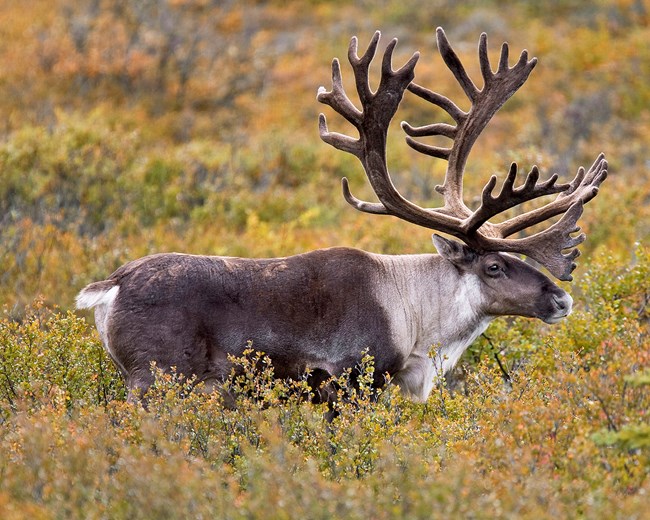Tadpole shrimp
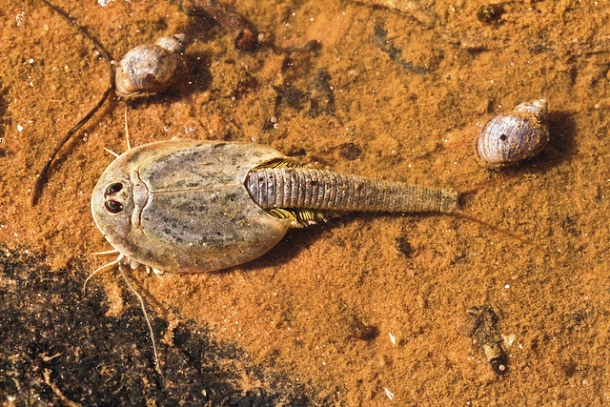
Their official name is Triops longicaudatus. Tadpole shrimps is a freshwater arthropod which looks similar to the small-sized horseshoe crab. It is also known as the living fossil as its basic structure has changed in the last 70 million years, which exactly looks like their ancestors who were here some 220 million years ago.
Sturgeon
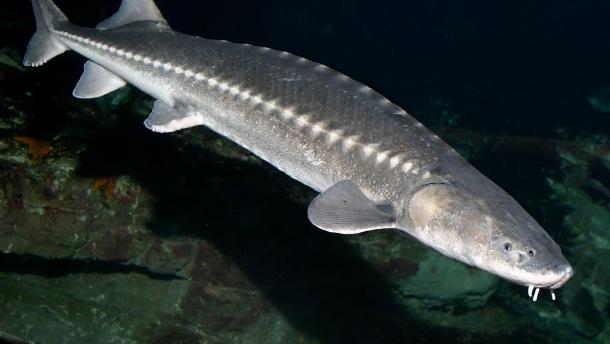
Sturgeon is also known as “primitive fish.” They are found in subtropical, temperate, and sub-Arctic rivers, lakes and coastlines. When compared with the fossil the scientists were surprised to see that their structure hasn’t changed in 200 million years. Due to over-harvesting, pollution and all kinds of external interference have made them the endangered species and are living on the verge of extinction.
Martialis Heureka Ant
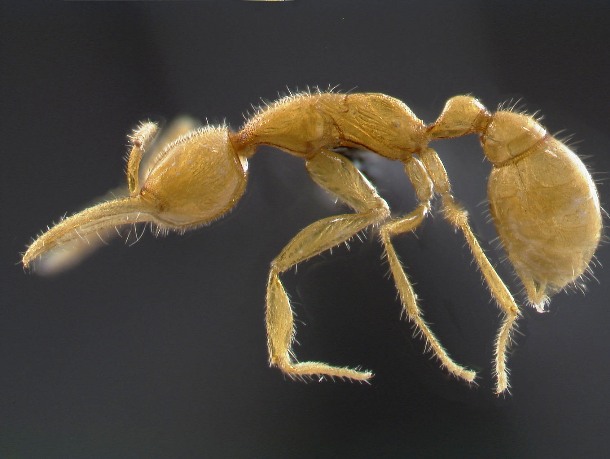
This ant was not discovered until 2000 in the forest of Amazon rainforest in Brazil. They are unique because of their unique morphology. The martialis heureka has been roaming our earth for about 120 million years. They are the oldest in the line of ants’ family.
Goblin Shark

The goblin shark is the most underestimated species in the family of deep-sea sharks. Its appearance is enough to tell that they belong from the prehistoric era. Its first direct ancestors lived some 125 million years ago. Despite being so enormous and scary surprisingly they are no harm to humans.
Frilled shark
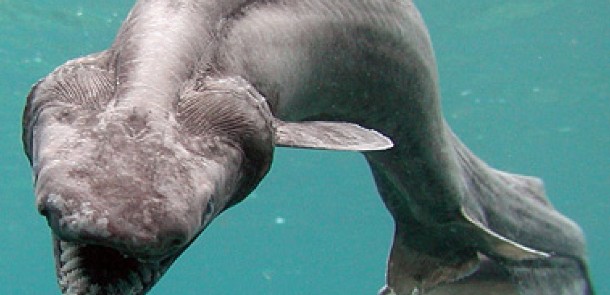
Living in the depths of 50m to 200m of the Atlantic and the Pacific Ocean, the frilled shark is also another living fossil. This shark is so old that it belongs to the oldest shark lineages which presumably falls in between the Late Late Cretaceous (95 million years ago) and the Late Jurassic (150 million years ago).
Alligator Snapping Turtle
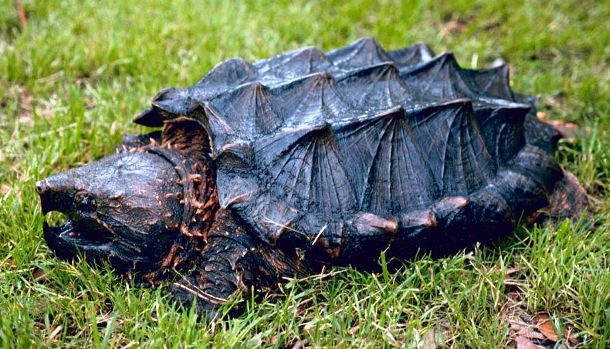
This astonishing creature is found in southeastern United States waters. Alligator snapping turtles have a very long history as its family fossil shows that they were on this planet during early Maastrichtian stage (72 – 66 million years ago) belonging to the Late Cretaceous period. It weighs up to 400 pounds which makes it the heaviest freshwater turtle in the whole world.
